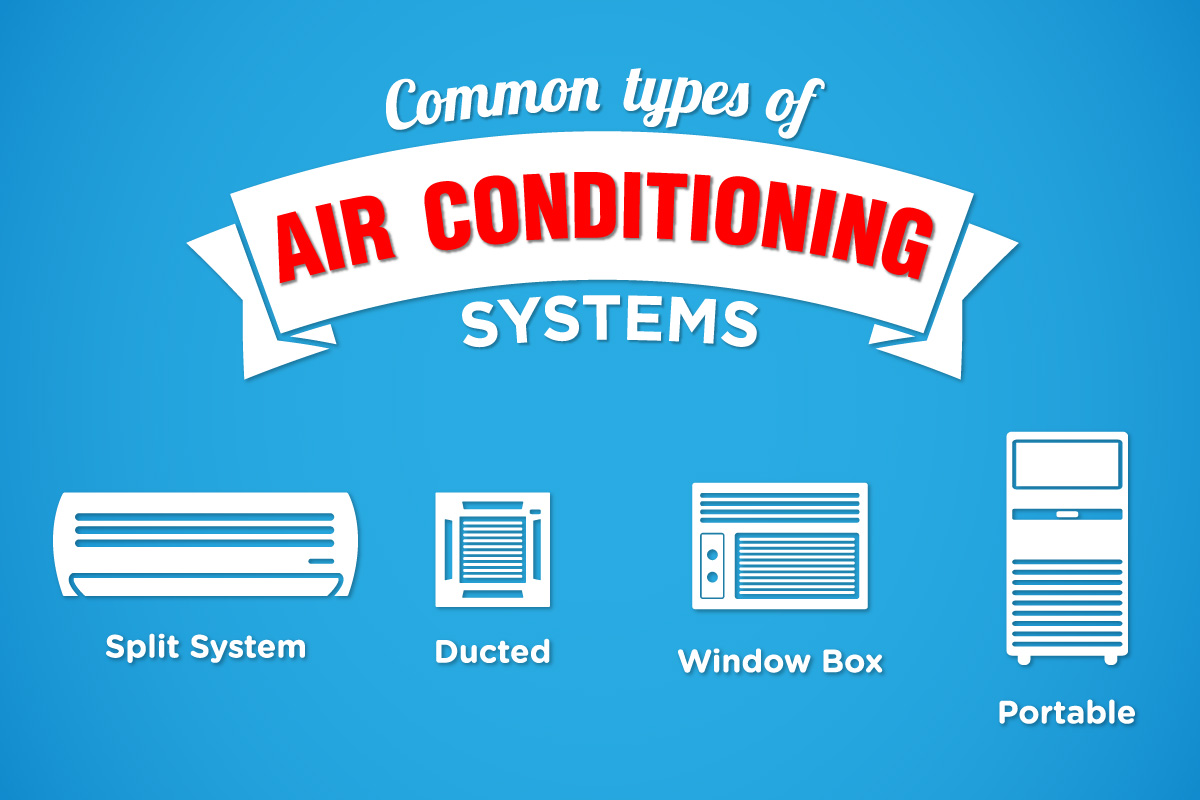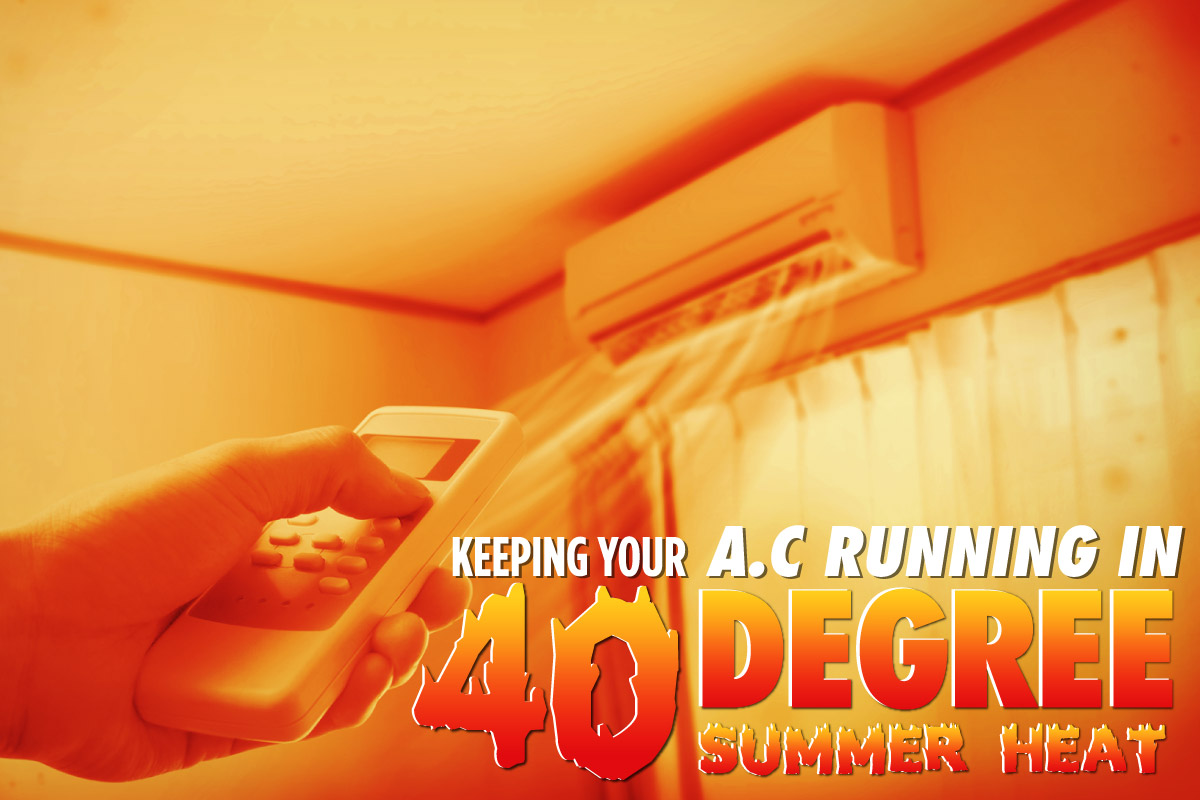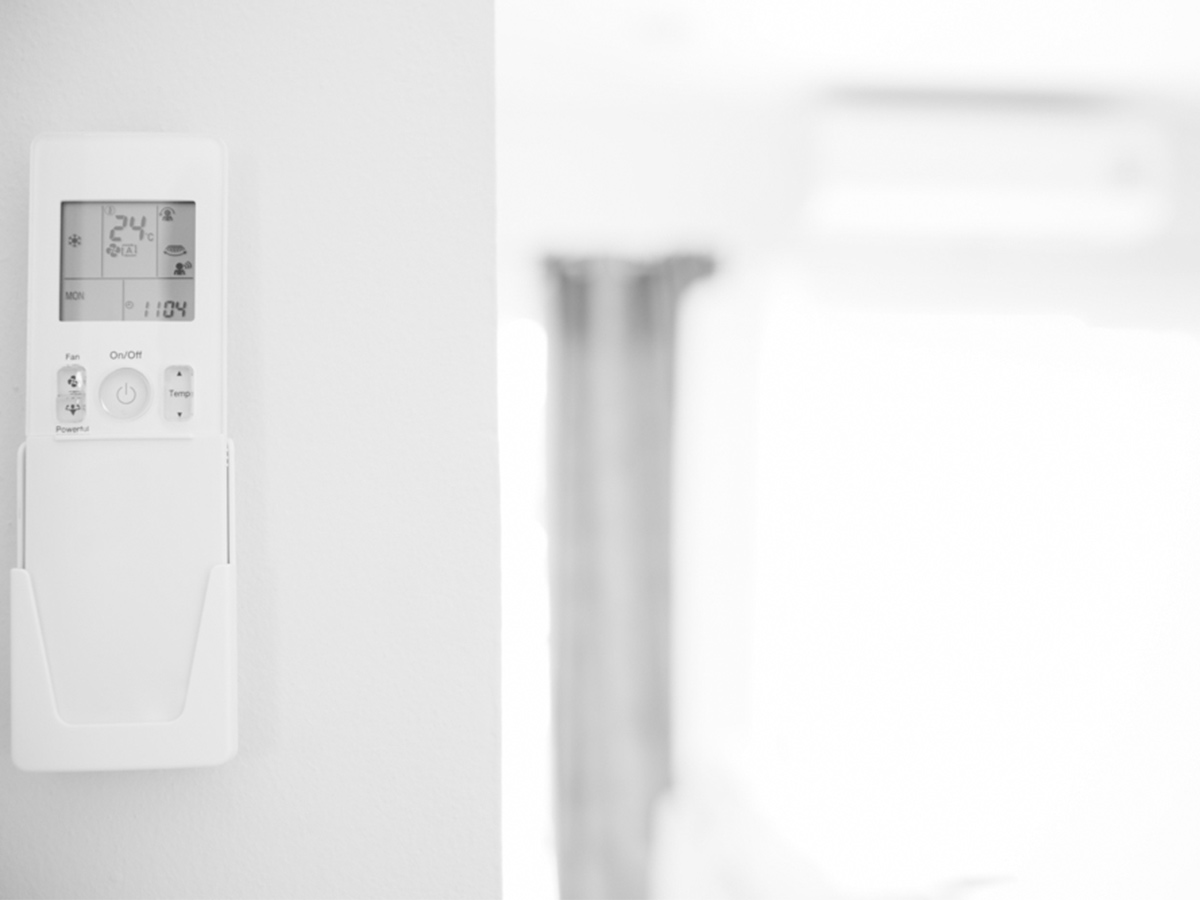Summer’s quickly approaching, and with it will come our extreme Queensland heat. Every year it’s the same – with the heat comes an increased demand for air conditioning. But what should you buy? Here’s a quick overview of your options.
Box
Box Air Conditioners are a single-unit system. They are often installed to improve an existing home, and are common because of their relatively simple installation – you don’t need any ducting and it plugs straight into a 240V power point. Simply brace them in an open window, and close and seal the window. This creates a seal so the cool air stays in and the hot air blows out. The downside is, because the compressor is right there just outside your window, they are a lot noisier and more unsightly than other systems.
Split-system
A split-system is possibly the most common system in Australian homes. The head unit is mounted on your wall and ducting is run to the condenser, which sits outside the house. This keeps the noise away from the room. They are generally reverse-cycle (meaning they can also heat) and have other features like timers and swinging louvers to better circulate the air. Because the condenser unit is mounted outside and not in the window, much larger cooling capacities are available than box systems so you can cool a much larger spaces.
Multi-head split systems
A multi-head setup looks similar to a normal split-system, but with multiple indoor units leading back to one outdoor unit. This allows you to cool multiple rooms at different temperatures, without the need for multiple, noisy condensers. But if the rooms are far apart, the cost of labour and materials quickly escalates. So if you’re looking to cool more than two rooms, you may be able to install ducted air conditioning a comparable price.
Ducted
Ducted-air provides the ultimate home cooling system for your home. With only vents visible in each room it is the most discreet solution and is designed to cool your entire home. This makes it ideal for new home installations. When planning for ducted air, your home is divided into ‘zones’. Each zone can be individually adjusted for cooling temperature and air-flow. Such systems work very well for open-plan homes, where a split system would have to work much harder.
Portable
Another option is a portable air conditioner. These are smaller units that you can wheel around the house. Their smaller size makes them suitable for cooling a small to medium sized rooms like bedrooms. However, one important point to note is portable air conditioners need to be near a sliding window for the exhaust fan to blow the hot air out. They also have a reservoir that collects water and needs emptying regularly, so they are rarely a suitable long-term cooling solution.
Common features
Reverse-cycle
Reverse-cycle indicates that the unit can both cool and heat, and the majority of systems today are now reverse-cycle. The condenser effectively runs in reverse, sending warm air into your home. A benefit of this is reduced energy costs compared to the element heaters you might already be running in your home.
Inverter
An ‘inverter’ air conditioner is now the most common type of compressor available today. The compressor of these new systems can run at variable speeds between slow and fast, so you can save electricity when you don’t run it at full capacity. When comparing energy ratings comparable to other systems (as it’s measured at full-load) but they offer significant efficiency improvements at part-load.




